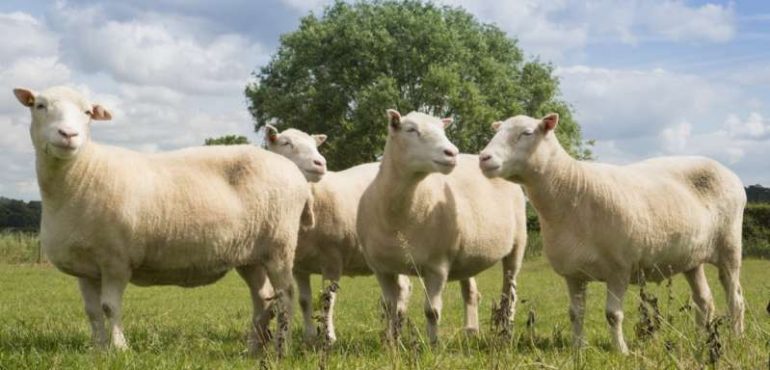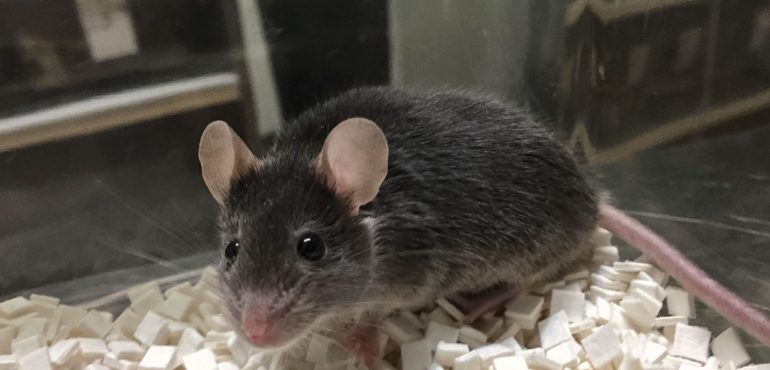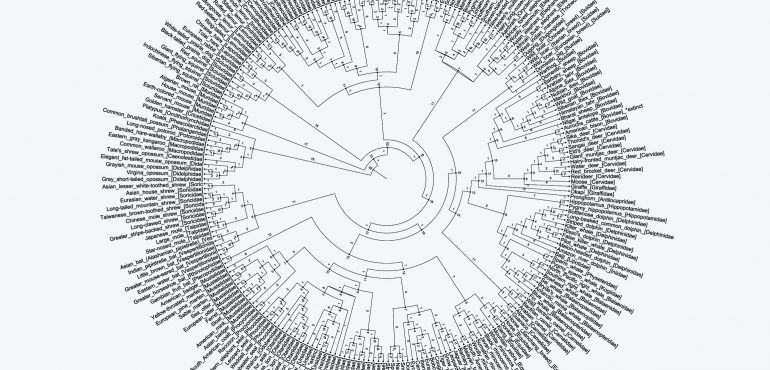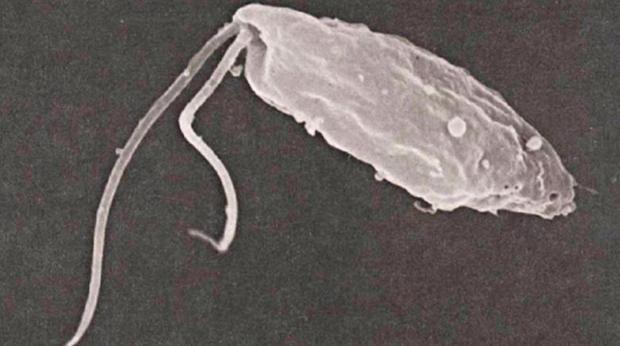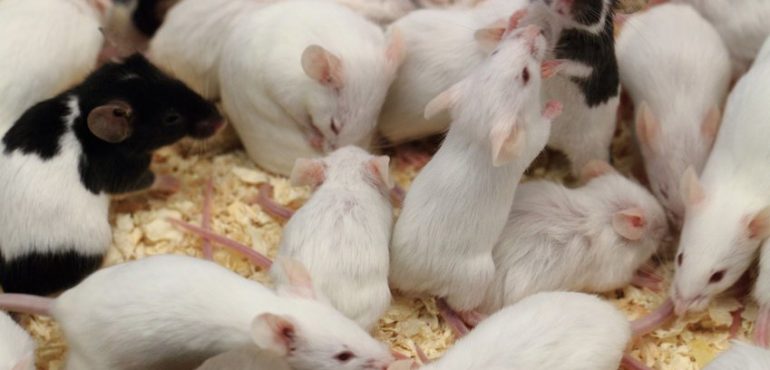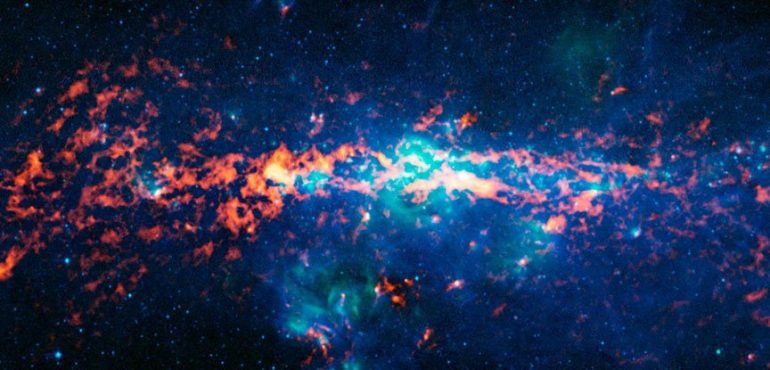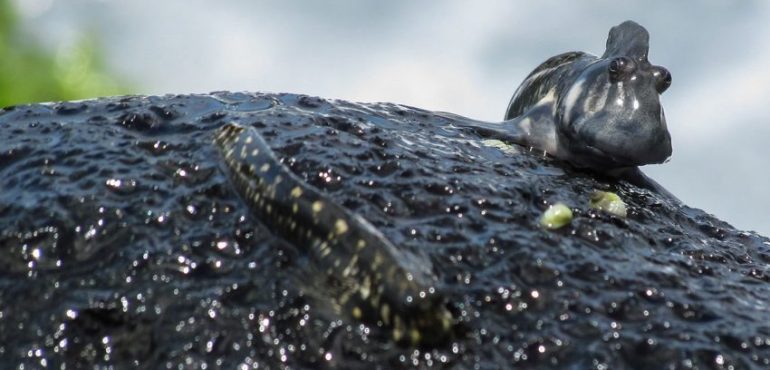A fundamental property of life is the ability to replicate itself. Researchers have now created the first molecules of RNA, DNA’s singled-stranded relative, that are capable of copying almost any other RNAs. The discovery bolsters the widely held view among researchers who study the origin of life that RNA likely preceded DNA as the central…
Read more
A newly made RNA strand bolsters ideas about how life on Earth began



